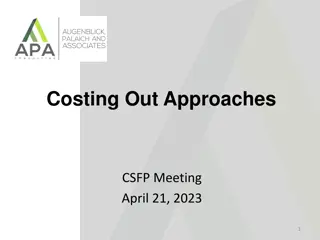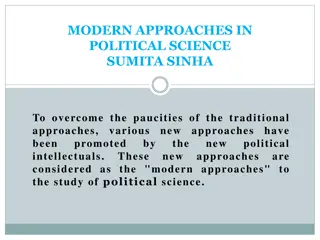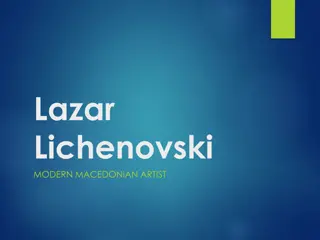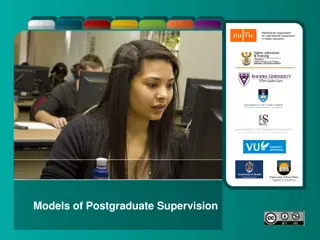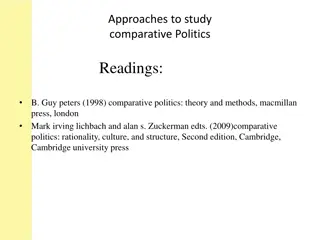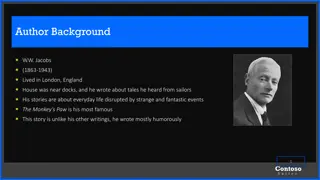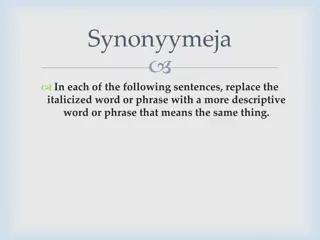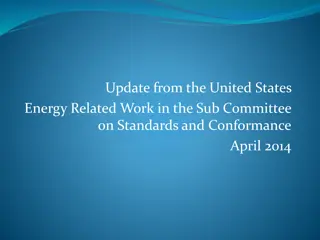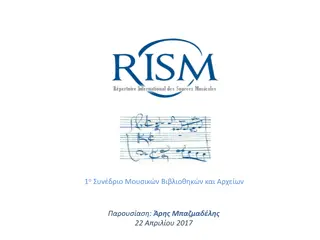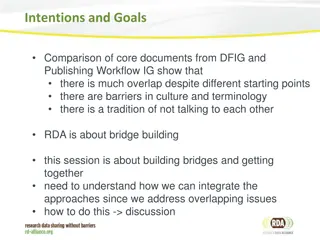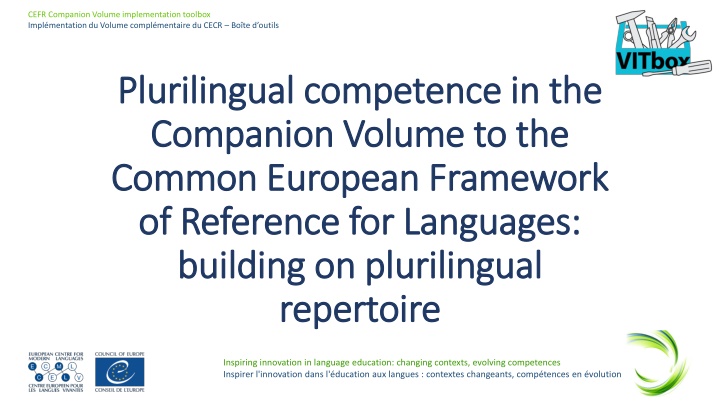
Plurilingual Competence in Language Education
Explore the concept of plurilingual competence and its significance in language education, focusing on the ability to use multiple languages for communication and intercultural interaction. Learn about adapting language skills, encouraging plurilingualism, and different proficiency levels in the context of evolving competences.
Download Presentation

Please find below an Image/Link to download the presentation.
The content on the website is provided AS IS for your information and personal use only. It may not be sold, licensed, or shared on other websites without obtaining consent from the author. If you encounter any issues during the download, it is possible that the publisher has removed the file from their server.
You are allowed to download the files provided on this website for personal or commercial use, subject to the condition that they are used lawfully. All files are the property of their respective owners.
The content on the website is provided AS IS for your information and personal use only. It may not be sold, licensed, or shared on other websites without obtaining consent from the author.
E N D
Presentation Transcript
CEFR Companion Volume implementation toolbox Impl mentation du Volume compl mentaire du CECR Bo te d outils Plurilingual competence Plurilingual competence in the Companion Volume to the Companion Volume to the Common European Framework Common European Framework of Reference for Languages: of Reference for Languages: building on plurilingual building on plurilingual repertoire repertoire in the Inspiring innovation in language education: changing contexts, evolving competences Inspirer l'innovation dans l' ducation aux langues : contextes changeants, comp tences en volution
Building on plurilingual repertoire: the construct of plurilingual competence Building on plurilingual repertoire: the construct of plurilingual competence Plurilingual and pluricultural competence refers to the ability to use languages for the purposes of communication and to take part in intercultural interaction, where a person, viewed as a social actor has proficiency, of varying degrees, in several languages and experience of several cultures. (Coste, Moore & Zarate, 2019) Being plurilingual is the ability to use several languages to differing degrees of proficiency and for different purposes (Beacco, 2007). Inspiring innovation in language education: changing contexts, evolving competences Inspirer l'innovation dans l' ducation aux langues : contextes changeants, comp tences en volution
Adaptation to the situation to know when to use the languages Plurilingual and pluricultural competence Adjusting language according to the language skills of the interlocutors Building on plurilingual repertoire Alternating languages and explaining when necessary Encouraging plurilingualism by being plurilingual Inspiring innovation in language education: changing contexts, evolving competences Inspirer l'innovation dans l' ducation aux langues : contextes changeants, comp tences en volution
C levels: C levels: C level users are able to alternate flexibly between use several languages in a conversation. C1: Can participate effectively in a conversation in two or more languages in their plurilingual repertoire, adjusting to the changes of language and catering to the needs and linguistic skills of the interlocutors. B levels: B levels: B level users can use and manipulate their knowledge of other languages to be more effective in communication. B1: Can exploit creatively their limited repertoire in different languages in their plurilingual repertoire for everyday contexts, in order to cope with an unexpected situation. A levels: A levels: A level users are able to mobilise their repertoire to deal with basic transactions and information exchanges, in everyday transactions or routine situations. A2: Can use simple words/signs and phrases from different languages in their plurilingual repertoire to conduct a simple, practical transaction or information exchange. Inspiring innovation in language education: changing contexts, evolving competences Inspirer l'innovation dans l' ducation aux langues : contextes changeants, comp tences en volution
Encouraging plurilingual competence Encouraging plurilingual competence The languages offered in educational institutions should be diversified and students given the opportunity to develop a plurilingual competence (Trim, 2007) Linguistic diversity is encouraged in Europe and in the educational systems of European countries since it is rooted in the legal framework of the EU and exemplified in the Treaty of Lisbon (Dendrinos, 2018). Encouraging plurilingualism involves: (1) helping learners be aware of their knowledge of other languages, (2) helping learners take an active role in their learning process, (3) working with the idea that knowledge of a language does not have to be linear or balanced, and (4) recognising the value of other languages and cultures. Inspiring innovation in language education: changing contexts, evolving competences Inspirer l'innovation dans l' ducation aux langues : contextes changeants, comp tences en volution
If you want to know more If you want to know more Beacco, J. C. (2007). From linguistic diversity to plurilingual education: Guide for the development of language education policies in Europe. Council of Europe. Beacco, J., Byram, M., Cavalli, M., Coste, D., Cuenat, M. E., Goullier, F., & Panthier, J. (2016). Guide for the development and implementation of curricula for plurilingual and intercultural education. Strasbourg: Council of Europe. Language Policy Division. Cavalli, M., Coste, D., Cri an, A., & van de Ven, P. H. (2009). Plurilingual and intercultural education as a project. Languages in Education. Council of Europe (2011). European Language Portfolio: Principles and Guidelines. Strasbourg: Council of Europe, available at www.coe.int/portfolio. Dendrinos, B. (2018). Multilingualism language policy in the EU today: A paradigm shift in language education. In: TLC Journal, published by the ICC & RUDN University, volume 2, Issue 3. (https://icc-languages.eu/wpcontent/uploads/2019/02/TLC_ISSUE- 07_September2018.pdf). European Union (2007). Treaty of Lisbon Amending the Treaty on European Union and the Treaty Establishing the European Community, 13 December 2007, 2007/C 306/01, available at: https://www.refworld.org/docid/476258d32.html. Trim, J. L. (2007). Modern languages in the Council of Europe 1954-1997. Council of Europe Language Policy Division. Inspiring innovation in language education: changing contexts, evolving competences Inspirer l'innovation dans l' ducation aux langues : contextes changeants, comp tences en volution

![get⚡[PDF]❤ Building Habitats on the Moon: Engineering Approaches to Lunar Settle](/thumb/21624/get-pdf-building-habitats-on-the-moon-engineering-approaches-to-lunar-settle.jpg)
